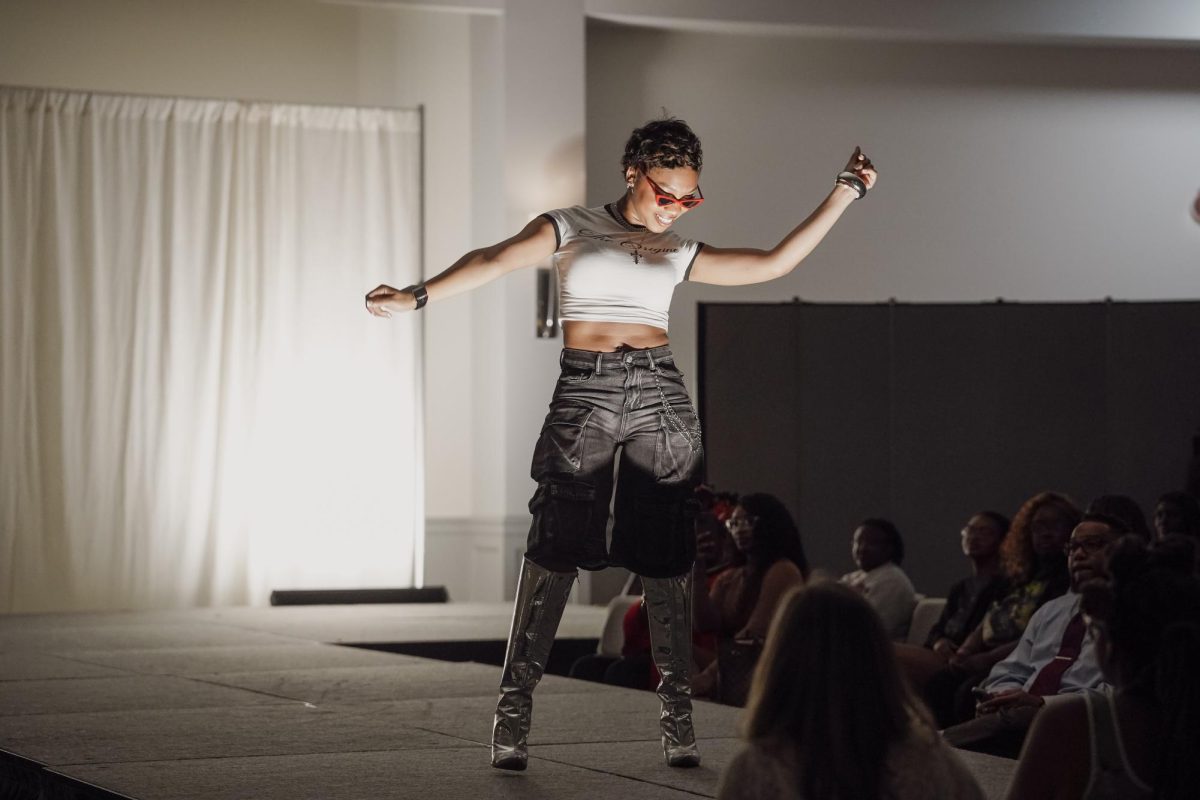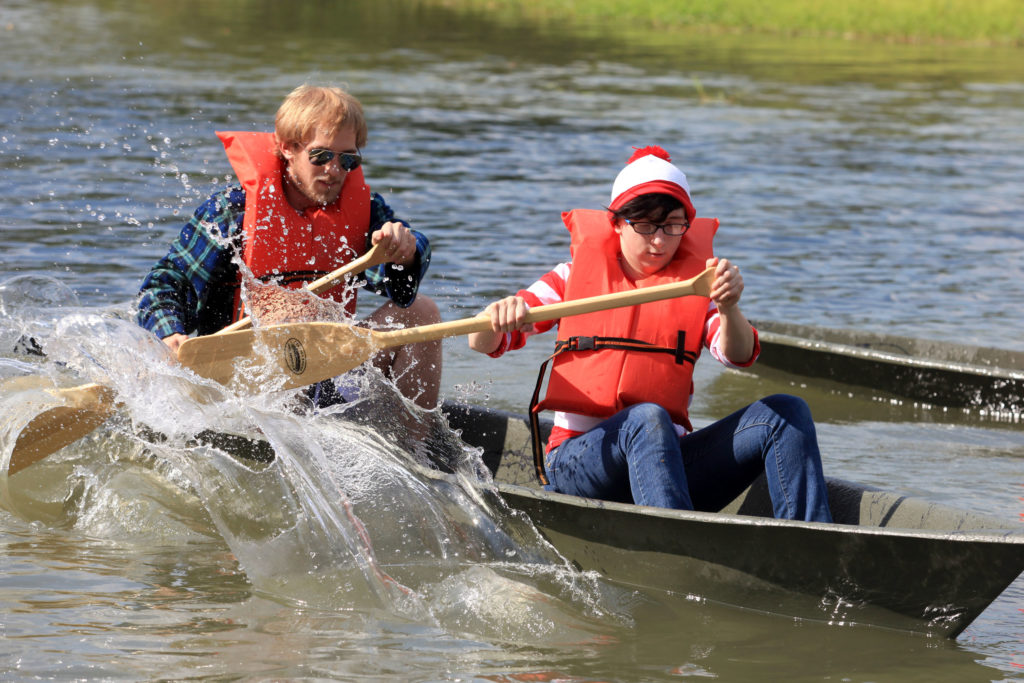Despite the spring semester controversy over petitions and voting procedures, the process of planning and building the estimated $8.6 million University recreation center is underway.
Last semester, Student Government Association president Alcie Maxwell appointed students to the recreation center advisory committee to represent the diversity of the student body in relaying concerns to the architect and will serve in an advisory capacity to evaluate the facility procedures once the center is open.
Monday, the committee attended a workshop entitled “Build your Dream Facility-Survival of the Fittest” put on by Hastings and Chivetta Architects, Inc. from St. Louis, Missouri. The committee discussed cost, spatial constraints and what components would best serve the Nicholls community while also interacting in a hands-on activity to plan and design the best facility.
The committee spent this past spring semester visiting the recreation facilities at Louisiana State University, Tulane, University of New Orleans and Southeastern.
“It was a great opportunity to get their perspectives on how they enjoy their facilities, find out what amenities they offer and how they would plan it differently so we can remember that when we start working,” Michael Matherne, director of campus recreation, said.
The next step in the process will take place in the fall as the University begins to entertain proposals from architects. Michael Davis, assistant vice president for business affairs for procurement and physical plant operations, said the architect will probably be chosen by the latter part of this year, but the property for the center is not owned by the University and has not been secured yet. The expected location for the center is across from the future privatized housing complex.
“The only place to expand the University is to the east. We would like to secure 100 to 180 acres for the future expansion of the University. We also hope to have adjacent intramural courts and relocated tennis courts near the recreation facility,” Davis said.
Davis said it is hard to predict when the recreation center will be complete and open to students. The construction process is expected to take 12 to 18 months following the design and bid process.
Davis said the state does not provide funding for this type of project, which is why the University is self-generating funds through student fees. The student self-assessed fee of $6.75 per credit hour for the first 11 credit hours began last spring. Summer students pay $6.75 per credit hour for the first seven credit hours. Matherne said every aspect of the facility, from construction to equipment to salaries, will come from that fee.
The fee will be collected throughout the life of the bonds purchased, which is expected to last 20 years. Students, faculty and staff will decide after that whether they want to make improvements to the center, reduce student fees or add on fees.
“The administration has looked at this 3 pronged: the recreation center, the privatized housing project and the renovations to the cafeteria and residence halls. Once all three are completed, we will have greatly improved the quality of life on campus,” Davis said.
According to research done by the Society for College and University Planning (SCUP), improved student life is not the only positive outcome of a recreation facility. According to their research, student involvement in recreational sports programs, facilities and services leads to enhanced recruitment and retention, higher grade point averages and greater student satisfaction.
The National Association of Student Personnel Administrators reported that 30 percent of students surveyed said campus recreation facilities were major factors in their decision to attend or continue at their present university.
A study done at Arizona State University on random groups of first-time freshmen found that compared with nonusers, student recreation center users earned higher first-semester GPAs and first-year cumulative GPAs as well as earning more hours in the first semester and at the end of the year. The university retention rates for users also outnumbered rates for nonusers.
The SCUP also reported that in most recreation centers, 70 to 80 percent of students and 20 to 50 percent of faculty and staff members participate in services provided by recreational sports facilities.
“I know it (Nicholls’ recreation center) will be the focal point of student life on campus. I hope that students will spend leisure time there and learn positive habits of working out that will remain with them in the future,” Matherne said.
Recreation center advisory committee moves plans forward this summer
Stephanie Detillier
•
July 10, 2003
0
More to Discover







